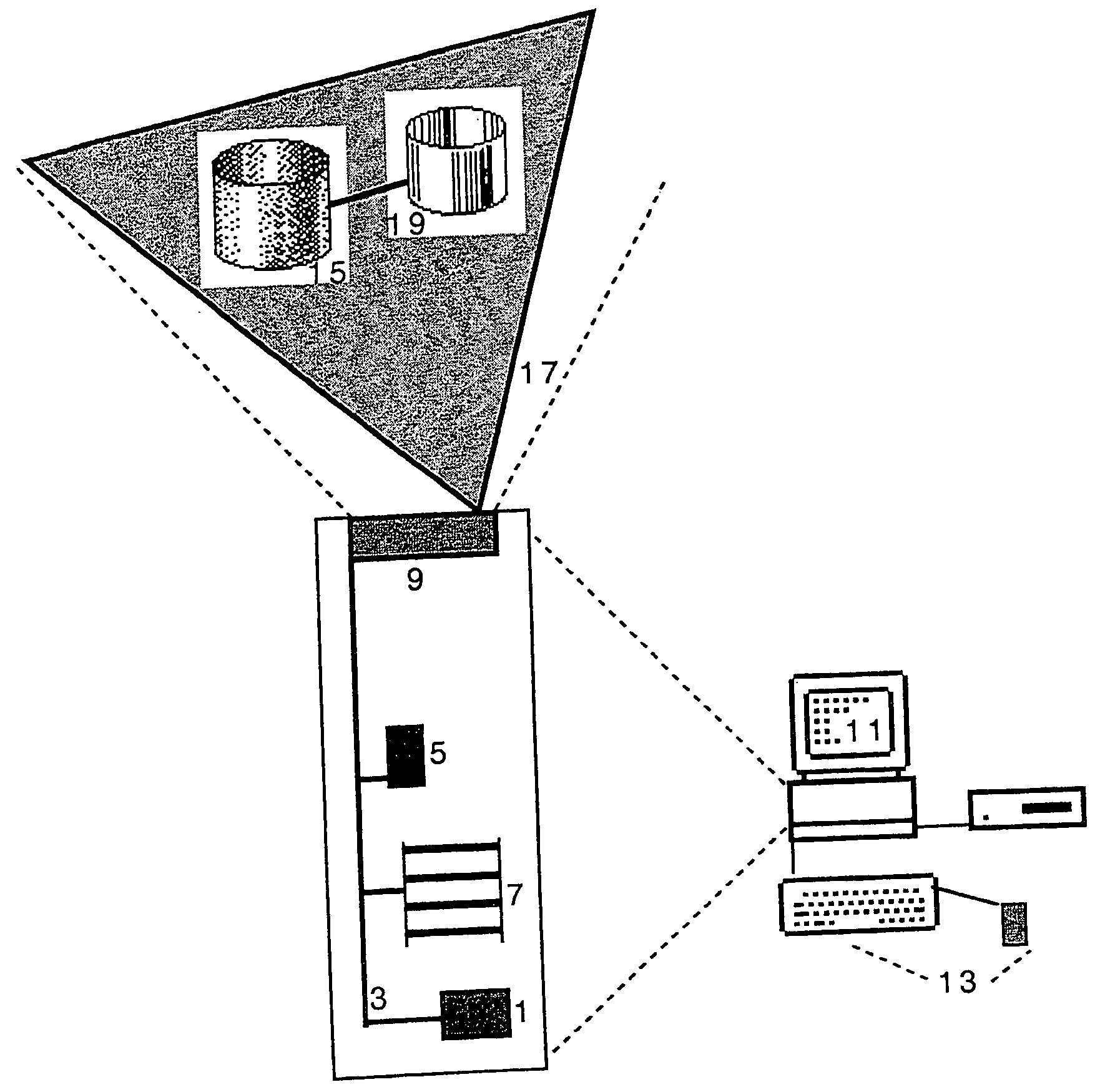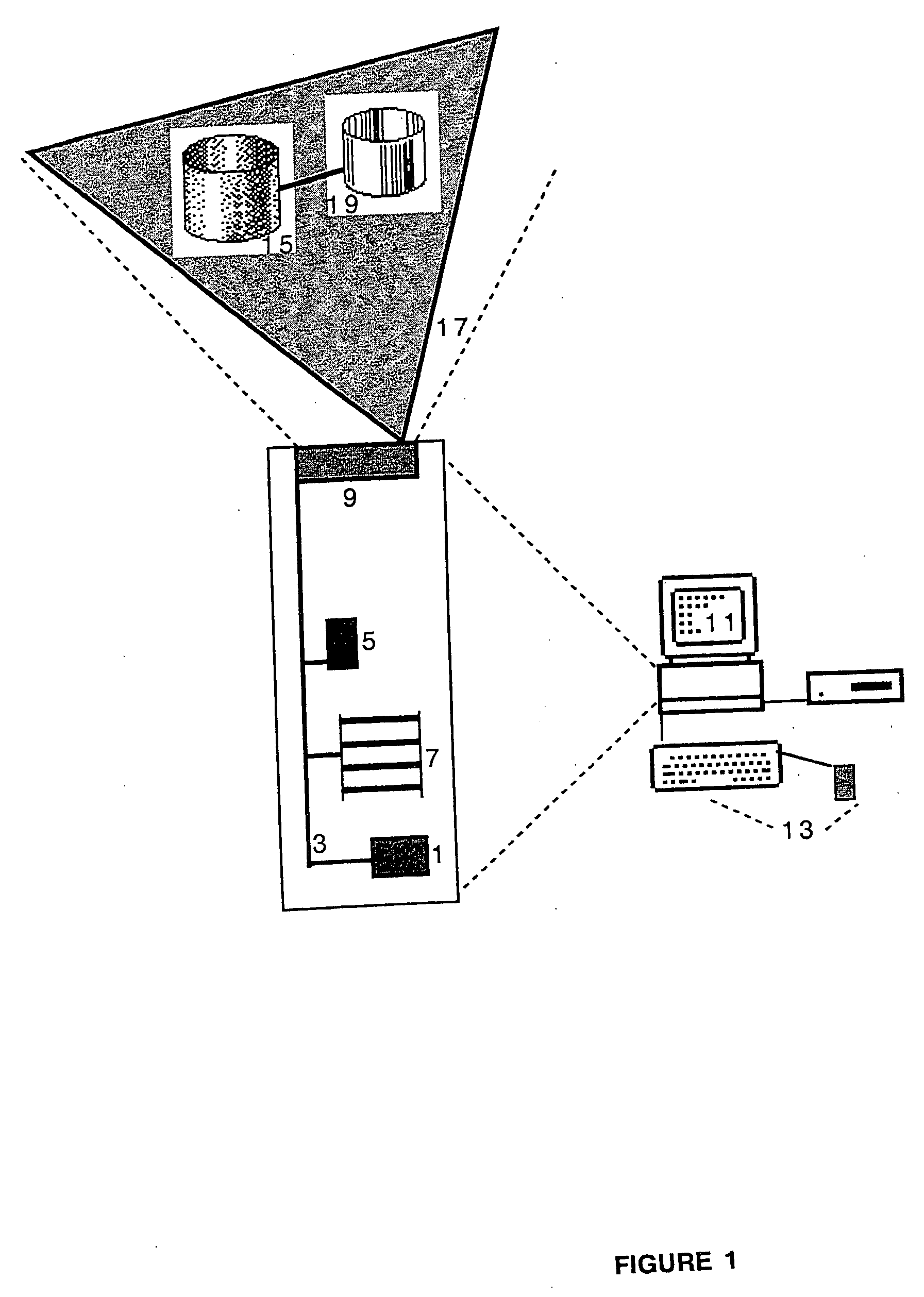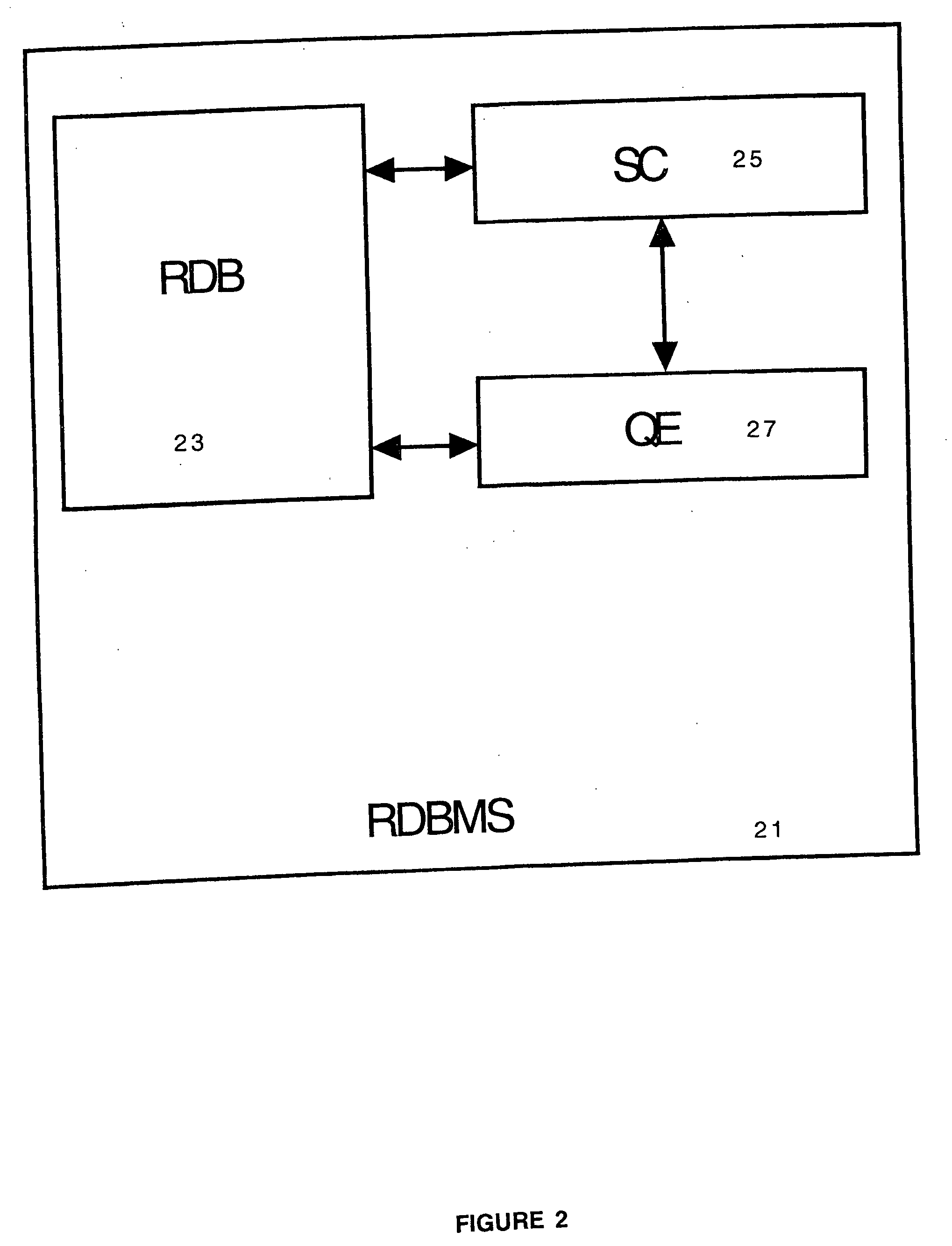The
processing of requests involving such tables is (1) less uniform than that for Relations, (2) not prescribed by the
relational model, (3) may result in anomalous results not explicitly predicted by the
relational model, and (4) unique to the particular RDBMS implementation.
In practice, the combination of explicitly defined constraints known to and enforceable by the RDBMS is incomplete in that it does not completely define the membership of the Relation, requiring a combination of extreme care on the part of the user and external filtering of attempted updates using, for example, application programs.
In practice, errors due to incomplete or inaccurate implementation of constraints are common.
In practice, no RDBMS implements an
algorithm for creating or capturing Relation Predicates, extensions to the
System Catalog to store Relations Predicates, or means to use Relation Predicates for any purpose.
The value of an RDB derives from its capabilities for logic-based recombination and manipulation using the ‘
relational model’ and working with and through Relations; that value is significantly and negatively affected by anomalous or non-uniform or unpredictable behavior, and especially as regards updates or other operations on relations.
(Currently most RDBMS programs do not provide a way to name the Derived Relations that result from runtime query execution).
It is also, however, badly limited when Base and Derived Relations are not handled in a uniform manner as, for example, when some Derived Relations cannot be updated in the same manner as Base Relations.
Also, existing RDBMS programs are plagued by unpredictable and non-intuitive failures in updating
derived data; these failures can require a ‘
rollback’ which, if not performed correctly, can leave the
database in an inconsistent state.
Additionally, because of this differentiation between base and derived relations, the creation, maintenance, and merging of multiple physical databases, even when logically feasible, is often pragmatically difficult, costly, effortful, infeasible, or just deemed impossible.
But the RDB and RDBMS currently do not have a direct tie between the relation, its title or denotation, and the logical model, and the denotation is not separably manipulable according to
predicate logic as a symbolic abstraction for the relation itself, or as a symbolic abstraction of the manipulation of the data elements and their combination therein.
This distinction and lack of
functional relationship between denotation (the title), expression (the title as name), and instantiation (the data elements comprising the stored table), prevents effective symbolic abstraction and requires all logic-based manipulation to manage all of the
individual data elements, tying the RDB and RDBMS to the computer's ability to manage its physical memory in which those same data elements happen to be stored and represented.
This is a self-imposed handicap the field has failed to recognize, due in part to an earlier theoretical error.
This distinction limits an RDBMS's capability to update derived tables (relations or data); limits users' access to derived tables; and can create problems (in the form of difficult, memory- or processor-expensive transactions, or unintended or unpredictable results) for those RDBMS that try to access or update derived tables (some do, some just don't).
Existing methods to manage updates or access to derived tables can create potentially contradictory data sets, creating major problems for the RDBMS and potentially rendering the RDB itself unreliable.
Furthermore, distinguishing between ‘base’ and ‘derived’ tables (and therefore base and derived relations) means that no such RDBMS permits
full data independence between a data expression and the memory location corresponding to its physical storage, or uses uniform
semantics with all operations, including derived as well as base data expressions.
The lack of full logical
data independence in turn creates problems with merging relational databases, distributing a
relational database over multiple locations, and handling multiple versions of a
relational database (either over time or locations separated by message time), which means that users often find new versions of a
relational database become non-backward-compatible with the pre-existing version, which defeats one of the principal goals of using a relational
database.
Furthermore, the lack of uniform
semantics for both base and derived relations can cause failures to certain updates, creating extra relational
database system maintenance and requiring
rollback of transactions.
These means for updating derived relations are very restrictive, are tied to the physical memory usage of the RDB, are inconsistent with those used for base relations, and their use often results in error messages sent to the user of the RDBMS.
No RDBMS products support general update of all non-view derived relations, though some provide partial update support of materialized views, snapshots, or replicas.
And, for those which provide some support, that support is extremely restrictive.
Since all RDBMS implementations distinguish between updating base and derived relations, users must learn the particular behavior of the RDBMS for each type of derived relation, and must be aware of and can easily determine whether or not a particular relation that they wish to update is a base relation or a derived relation; and this restriction further violates logical data independence and forms an impediment to physical data independence.
Additionally, treating base relations as stored tables prevents attaining a major goal of physical data independence, that of separating where and how a table is stored from manipulating the
logical representation for the table's instantiation.
Currently, an RDBMS at best clumsily handles its own internal representations, lacking means for symbolic abstraction of the model to which it has been designed and built, and which it uses.
The lack of such abstraction being available to the RDBMS increases the RDBMS's difficulty in distinguishing between errors caused by logical inconsistencies, data errors, and memory limitations.
As no RDBMS maintains Relation Predicates for the relations or tables in its
system catalog, separating out logical and
data processing (e.g. for optimization purposes alone) is difficult.
Although almost every RDBMS provides support for using constraints in managing and enforcing the consistency of an RDB, no RDBMS uniformly and consistently maintains constraints in its
system catalog as Relation Predicates, and makes them accessible to the RDBMS or readily apparent to users.
Each of these may lead to corruption of data when the RDB is subsequently updated, or may cause the user to make incorrect business decisions.
This prevents the user from making changes to the structure, organization, or contents of the database except through indirect database system administration, hinders the database's actual capability to effectively model the information contained within it, and limits the capacity to manage dependent relations or views.
Much of the problem encountered by most RDBMS in handling large databases has been the presence of ‘null’ elements and columns required by any method that does not effectively manage the data to limit unnecessary duplication, due to the inherent limitations of an implicit and non-represented structure.
It further fails to make the means for such mapping or the representation explicitly accessible to the RDBMS.
Kingberg requires the use of a ‘logical
data interface’ for access to base relations from application programs without explicitly referencing those relations; the approach does not provide a method for updating derived relations.
Olson requires a distinct
linker table, does not modify relational database or its contained data, and does not address the problem of updates.
Maloney is limited to table pairings, and the use of explicitly overlapping fields, rather than being generalizable either to logically possible combinations or to any representation explicitly available to the RDBMS.
The value of dynamically displaying and updating data is mentioned in Vanderdrift, R. U.S. Pat. No. 5,455,945; however, in that method the accessible data is limited to the primary or base records, is not derived from any
logical representation of the database, and does not use the logical constraints and representations of the database but rather depends upon the creation of explicit management records and memory pointers, and tracing them as necessary, thereby increasing the complexity and memory requirements for the system rather than lessening them through symbolic abstraction.
Moreover, the method therein does not provide a method which is consistent over data, relations, and constraints; instead, it distinguishes between a ‘management
record’, a function, a filter, and a ‘DD’ (display and organization rules).
And the method neither makes the method accessible within and to the RDBMS, nor uniform across data types, nor separate manipulating the data, functions, and records from preliminarily manipulating the logic to determine whether and how the changes are feasible.
Nor does the method therein allow for generalization to means for consistently managing base tables, derived tables, and constraints, as well as any particular constraint.
This fact implies that updates are atomic, i.e., an unrecoverable error of any type requires that the entire update be aborted.
Most implementations provide only limited support for view modification requests.
This well-known direct substitution technique, and its equivalent methods, result in valid modifications only for certain types of views and such RDBMS implementations typically
restrict view updates to those for which it is known to be valid.
All too often, RDB creators and users rely upon object naming to convey meaning, a practice that is unreliable, inefficient, and cannot be used by the
Query Language Processing Engine.
Brief Summary of Current Literature In The Field Research into the problem of updating derived tables has been limited because of a theoretical misapprehension.
One of the theoreticians, in 1988, claimed to have proven that updating views was potentially impossible, or at least that any method that claimed to work for all views was subject to an unpredictable failure.
This paper has been the dominant and most serious barrier to investigation of the problem of a
general algorithm for updating views, let alone arbitrary relations.
Also, Buff never considered those limited implementations of the
relational algebra which are necessary to reduce the relational model to practice on physical computers; instead, his paper considers solely the pure mathematics for abstract, theoretical algorithms.
 Login to View More
Login to View More  Login to View More
Login to View More 


